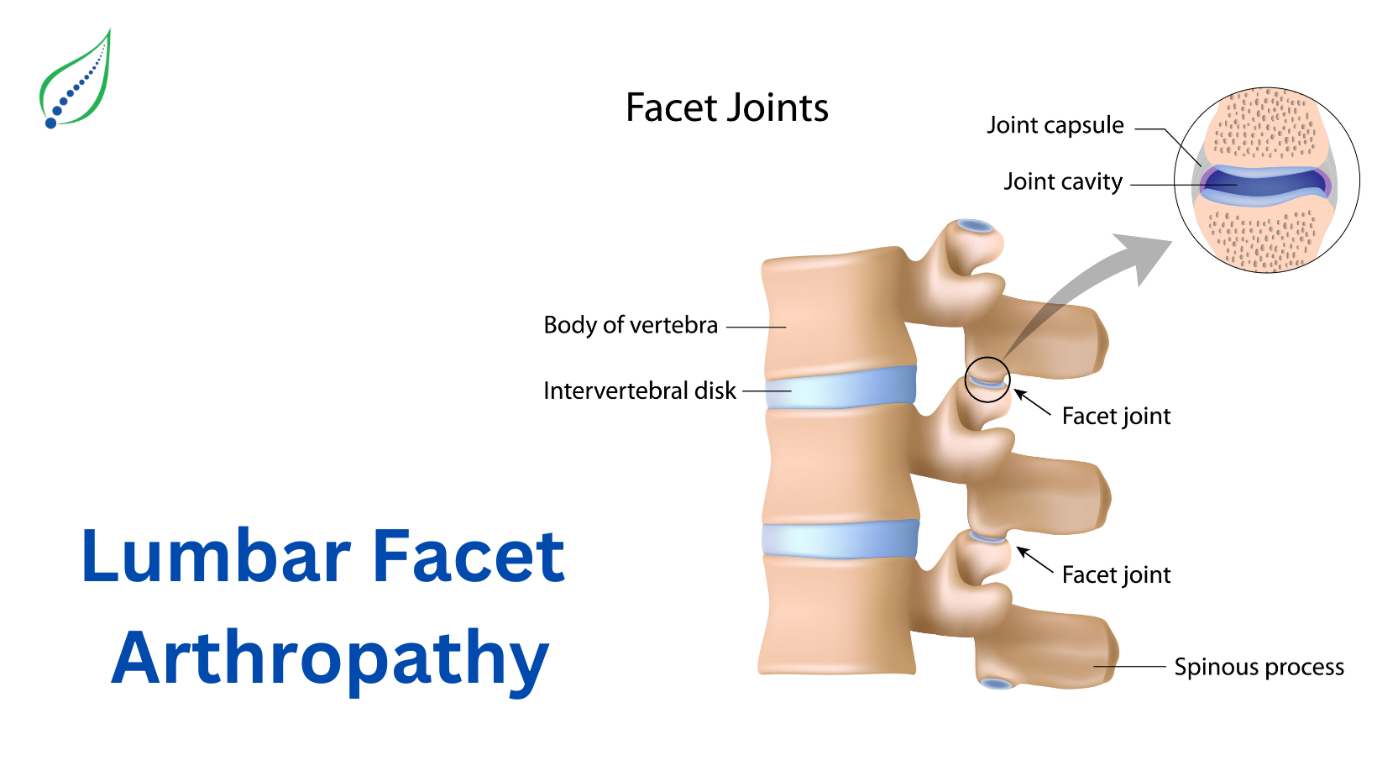Lumbar Facet Arthropathy
Facet joints are joints of the spine that are located between the vertebrae and have their ends covered by cartilage to prevent friction which can lead to early wear and tear of the bones. The facet joints bear a lot of weight and pressure and this can cause the cartilage to disintegrate over time. This can lead to inflammation of the nerves in these joints and result in pain. Pain originating from lumbar facet joints can acute in the first phase and become chronic over the time. One of the research indicates that 15% to 45% of lower back pain originates from the lumbar facets joints. Symptoms usually includes low back pain radiating to one or both legs.
The preferred mode of treatment when it comes to treating pain originating in the facet joints are non-invasive and non-surgical procedures. These treatments ensure the least side effects and prompt the body to heal itself, thereby strengthening the weakened areas while stimulating healing.
Nonsurgical Treatments for Lumbar Facet Joint Arthropathy
- Self-care and Physical Therapy
In the case of facet joint pain, the very first action that one can take is to perform self-care. The at-home treatment options that can help in relieving pain at home include ice/heat therapy. Heat therapy is very effective in relaxing the strained muscles and can stimulate the flow of oxygen in the body to maximize the rate of recovery.
People usually experience stiffness and pain after waking up in the morning since the body has remained inactive for a long time. This can pose a difficulty in performing daily chores and therefore heat therapy is recommended right after you wake up to ease the body and dilate the blood vessels for better circulation of blood.
Cold therapy or using a cold pack can also help in numbing the pain by reducing the flow of blood to the affected region. Along with these self-care methods using over-the-counter medicines such as NSAIDs, pain management can become a little easier.
- Maintaining the Right Posture
Keeping a good posture is very crucial for maintaining the health of the spine. In case of injury or pain, it can be difficult to maintain a good posture, and therefore external help can be of great use. While in most cases it’s not needed, a back brace of the right kind can greatly ease the pressure on the spine and accelerate healing. The curve of the spine needs extra support and one should always be aware of their posture while walking, standing, sitting, and lying down. This can help in preventing further injury and also fasten recovery.
- Avoiding Strenuous Activity
If you have a facet joint condition then you should always be careful not to suddenly twist or jerk your body in order to prevent further shock to the spine. You should avoid strenuous activities as well as bending forwards and backward as this can worsen the pain and cause further damage to the joints.
- Regular Exercise
Physical therapy is one of the most effective treatment options available right now for facet joint arthropathy. Your therapist will teach you mild exercises and safe movements to keep the body in good shape while also ensuring that healing is underway without obstruction. If you remain inactive for too long, your bones will weaken further and the chances of the pain getting worse is quite high.
Low impact exercises along with building the core strength of the body are very beneficial for recovery. Walking short distances every day can help in maintaining the mobility of the body and prevent joint stiffness. Aerobic exercises are also very helpful for increasing the flexibility of the body while also ensuring safety.
- Spinal Injections
The spinal injections for facet joint pain are also very effective in relieving the pain. They contain medications to provide immediate relief. They work by blocking the pain signals sent by the nerves to the brain and also help in reducing inflammation. Some commonly used injections are facet joint diagnostic injections and radiofrequency ablation of medial branches. The fluids are injected very carefully at the site of pain under strict observation to prevent any side effects.
Exercises:
Core strengthening exercises play important role in keeping spinal column stable and with less stress on facets and discs. Exercises need to be done in progressive manner under guidance and then follow them regularly.
Bracing:
When facet arthropathy is advanced and is associated with instability, spinal supports are required. These braces prevent abnormal movements of spinal column segments and help keep the posture maintained.

_1744793045.png)
_1743751136.png)
_1738219992.png)
